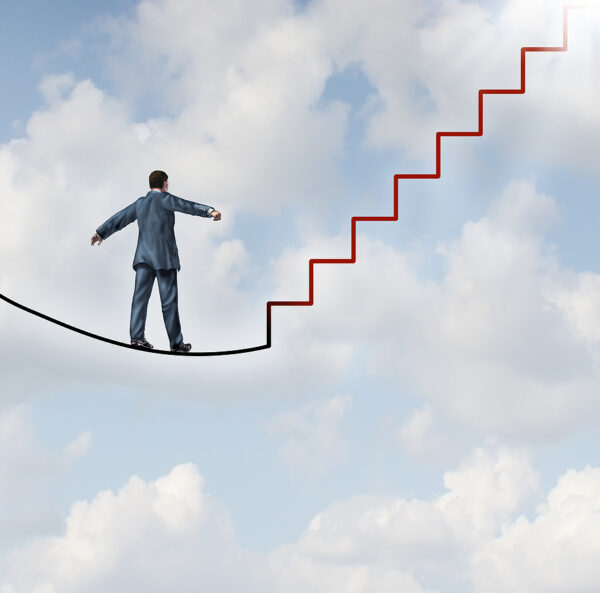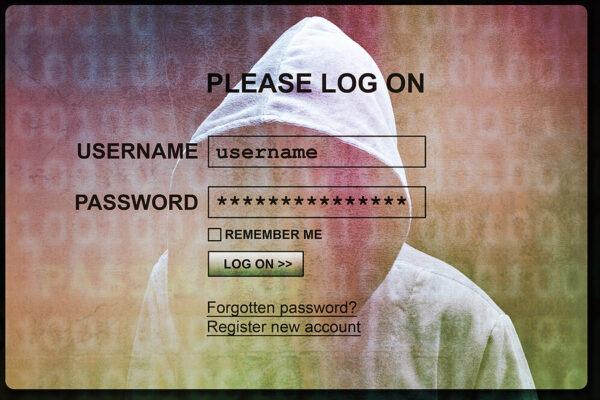Back in the 1960s, the Yellow Pages cemented itself in advertising’s hall of fame with slogan that encouraged customers to ‘let your fingers do the walking’. But what the ad gurus of the day couldn’t have predicted was how technology would eventually allow employees to take this catchphrase quite literally to heart – firing off emails and calls to colleagues sitting just metres away before returning home to ‘chat’ with friends, do their banking and perhaps even bit of shopping via the couch.
Now there’s growing concern that our dependence on technology is contributing to decline in physical and mental health.
In many New Zealand businesses, Blackberrys and iPhones have become essential tools. But while mobile and wireless technology has introduced flexibility, efficiency and the potential for improved customer service, it can also tether us to working life.
When software company Xobni surveyed 2200 adults in the US last year, it found that 59 percent of working adults checked their work email while on holiday – with 41 percent of these people saying the contact left them “annoyed, frustrated or resentful”. While it’s hard to judge how many Kiwis are switched on when on annual leave, it seems likely that our high uptake of technology and valued work ethic has many taking quick look.
In late 2009, Statistics New Zealand surveyed 15,000 households on their internet use. The survey found that nearly one in five Kiwi internet users had used the internet to work from home. Of those in the $70,000-$100,000 income bracket, this rose to nearly one in two.
Though it may be pleasing evidence that we are nation of hard workers, this practice could have consequences for mental health as workers fail to take the time to regenerate and relax. New Zealand has high prevalence of mental disorders. It’s estimated that one in four of us will be affected by an anxiety disorder and one in six by major depressive disorder in our lifetimes. And work stress can be risk factor.
One way to help alleviate the actual or perceived stress of being ‘on call’ is simply by setting clear expectations of what contact is required from staff during holiday periods and outside of work. If complete lack of contact is not possible, guidelines on when the person can be contacted or will be checking their email (for example, between 9-10am) allows the person to ‘switch off’ mentally for the rest of the day.
While the internet has allowed us to widen our social circle, it’s important that online communication doesn’t devalue or replace real interactions. From mental health perspective, maintaining regular social contact is seen as key in the prevention or management of depression. In the workplace, the social distance created by email may have unwanted consequences as valuable skills, such as clear verbal communication, thinking on the spot and building rapport, become less practised.
Late last year, Southern Cross Health Society initiated an email-free morning as light-hearted way to open up face-to-face communication opportunities. Employees placed an ‘email free zone’ card on their desk and were challenged to collect the initials of five other team members who they had talked to during the morning, instead of sending an email.
Head of people and development Michelle McBride said there was an excellent response to the initiative from the Society’s 500 employees. “Many people said it was great way to interact with others and the energy levels in the workplace were really high. It was definitely considered success and something we will do on regular basis.”
Another key benefit of getting up to walk and talk to colleague is the simple energy output it requires. In 2005 the Mayo Clinic in the United States released the results of decade-long study into the important role Non-Exercise Activity Thermogenesis (NEAT) plays in metabolism. NEAT is the energy expenditure generated by activities associated with going about our daily lives – including our occupation, leisure time, household chores and even fidgeting.
The study found that person’s NEAT was more influential than formal exercise in determining weight. Researchers estimated that just sitting for 2.5 hours less each day would result in an extra energy expenditure of around 350 kcal/day – the equivalent of 70kg person going for 45-minute brisk (7km/hr) walk.
Being tethered to technology can also have an effect on our muscles, tendons and other soft tissues. Occupational Overuse Syndrome (OOS) is term that includes range of conditions that affect these parts of the body. OOS is usually caused or aggravated by some types of work – this can include repetitive actions (such as clicking mouse), sustained postural positions and even stress.
As with any health issue, prevention is far better – and less costly – than cure. Workstation assessments have become the norm at many businesses, and the small cost of these is far less than the potential cost of OOS-related staff absence or reduced productivity.
Another low-cost solution that may be of particular benefit to desk-bound workers is the ‘micropause’ technique. This involves taking short break from your task at regular intervals – anything from getting glass of water to simply pausing to look out the window for 10 seconds. OOS prevention software can even be installed to send regular break reminders and tips straight to employees’ desktops.
For many of us, the sedentary nature of our jobs is something we can’t do much about. However, we can work at maximising the amount of activity in our daily life – and the easiest way to do this at work is to reduce our reliance on our phones and email, and connect the old-fashioned way – face to face.
So maybe our catchphrase for the future should be ‘let your legs do the walking, and then do the talking’.

Amorangi: Major Māori governance summit returns
After its inaugural online success in 2022, Tapuwae Roa’s Māori in Governance Summit is set to return in July 2024 as a hybrid event. Recently renamed as Amorangi, the one-day










